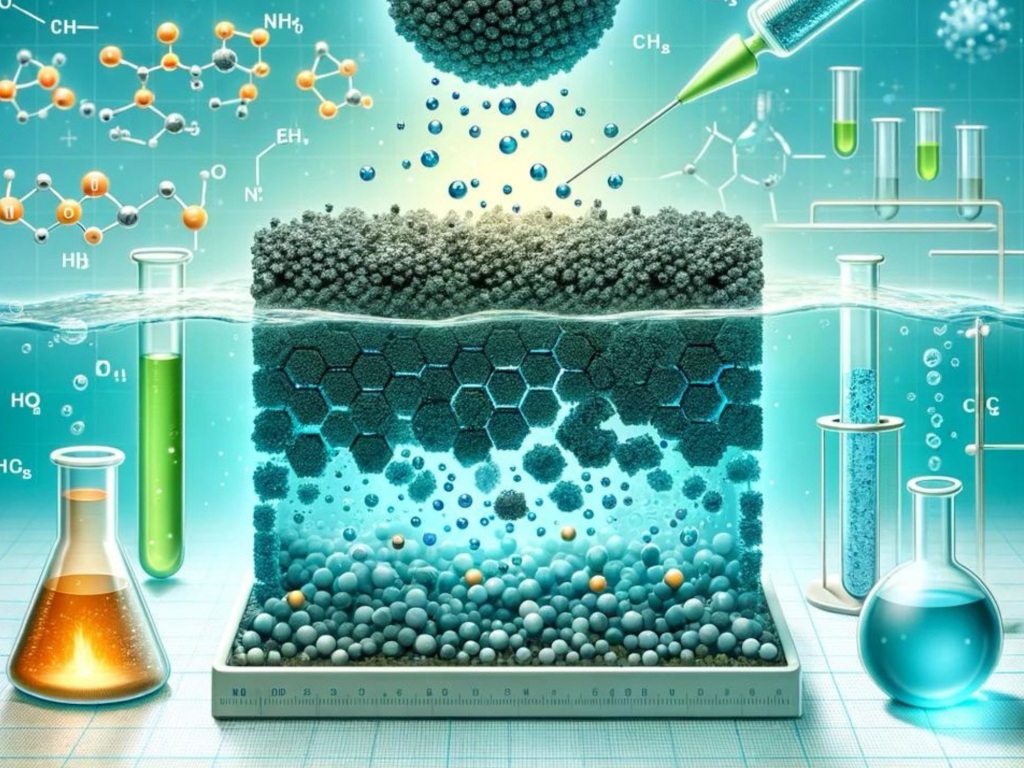
In a recent study, researchers have innovated a method to enhance the adsorption capabilities of biochar for removing tetracycline (TC), a common antibiotic pollutant, from aqueous solutions. Traditional iron-doping techniques, though effective in improving biochar’s adsorptive qualities, often require high temperatures and suffer from issues such as iron aggregation. Addressing these challenges, the team developed a biochar through a novel process involving sequential disperse impregnation of iron by refluxing and low-temperature pyrolysis, specifically at 200°C. This method not only dispersed iron oxides and hydroxides uniformly across the carbon matrix but also resulted in the formation of abundant oxygen and nitrogen functional groups on the surface of the biochar.
The resulting iron-doped biochar exhibited remarkable adsorption capacities, reaching up to 891.37 mg/g at a pH level of 5, and demonstrated excellent recyclability while maintaining high adsorption capabilities across various pH levels. The study’s findings underscore the significant role of hydrogen bonding of N/O functional groups and the coordination of iron oxides/hydroxides in the adsorption process. This research not only provides a valuable guide for effectively doping biochar with iron and preserving functional groups but also introduces a highly adsorptive, iron-doped biochar with superior recyclability. The method stands out for its environmental friendliness and offers a promising solution for the removal of antibiotic pollutants like tetracycline from water, addressing a global environmental concern linked to the widespread use of antibiotics in various sectors.







Leave a comment